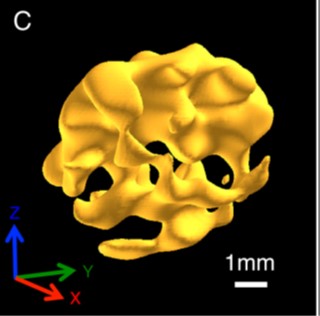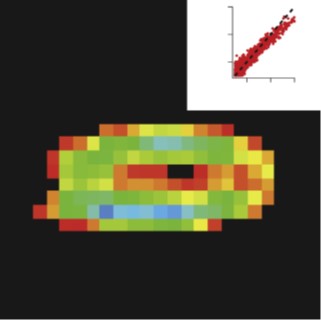Research
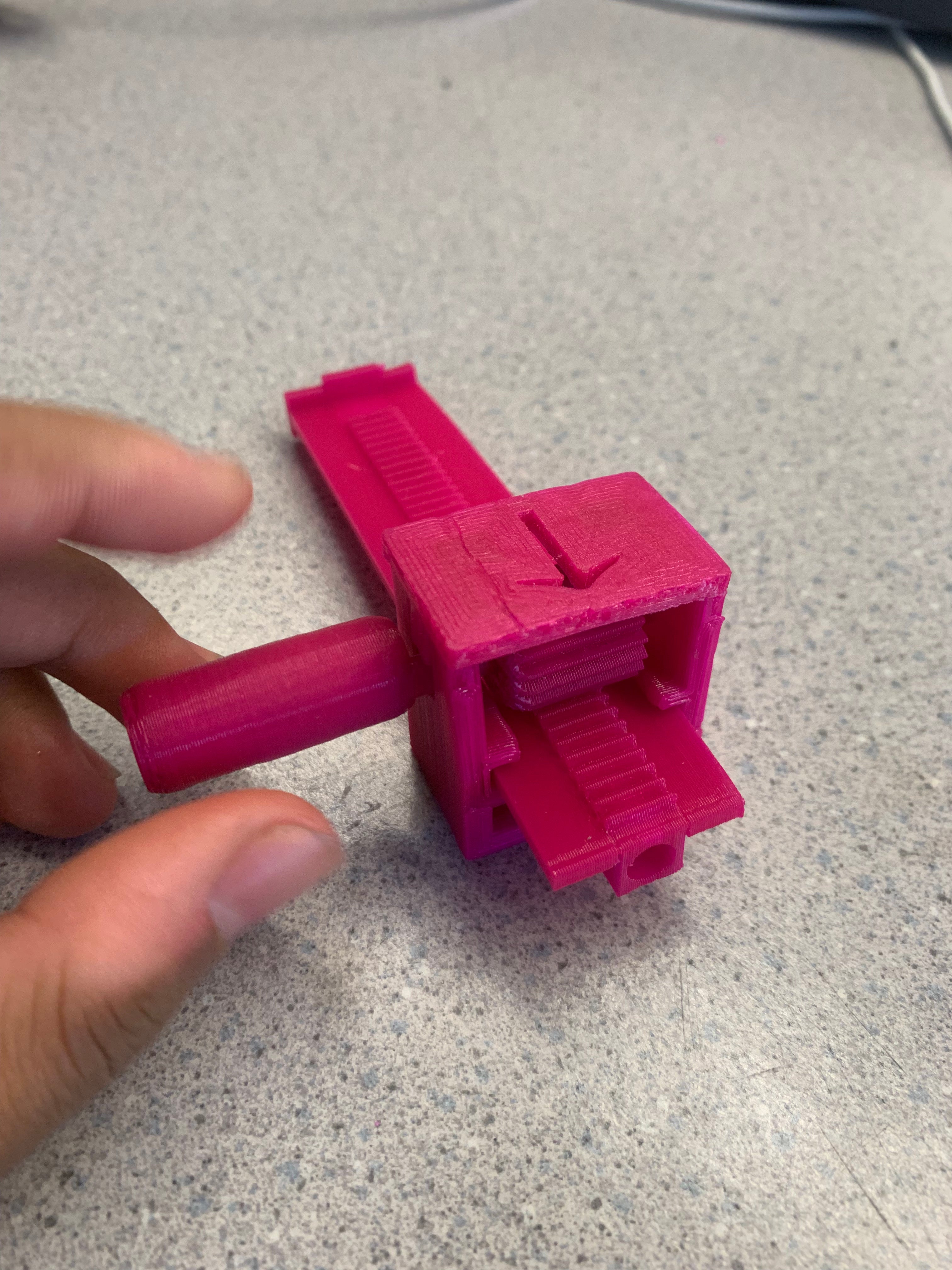
3D Printed Lab Equipment
3D Print designs for equipment used to take measurements, including: a linear actuator to discretely move NMR sample tube in side the magnet bore and holders for measuring the mapping the magnetic field inside the Mandhalas using an xy stage.
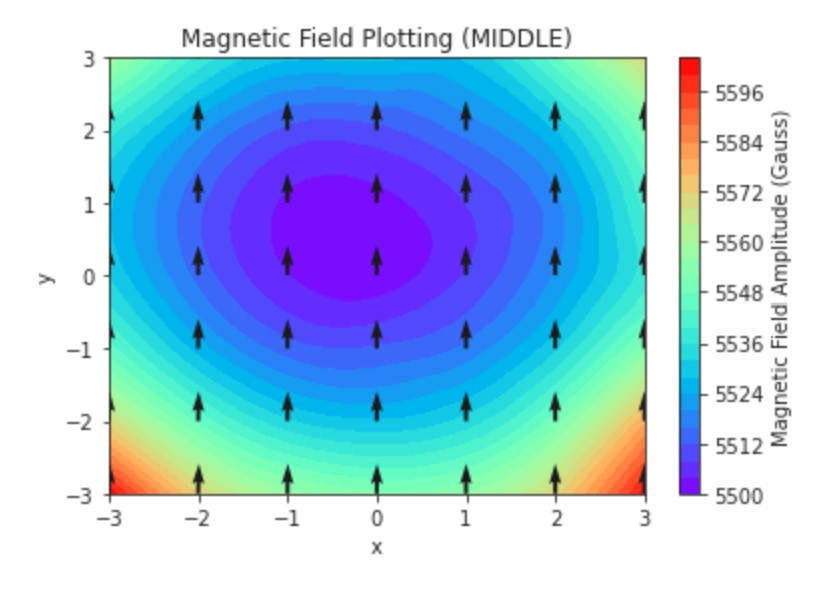
3D Printing Further Improved NMR Mandhalas
Information towards creating a strong, homogeneous magnetic field and linear gradient for imaging using a 3D printer and permanent magnets.
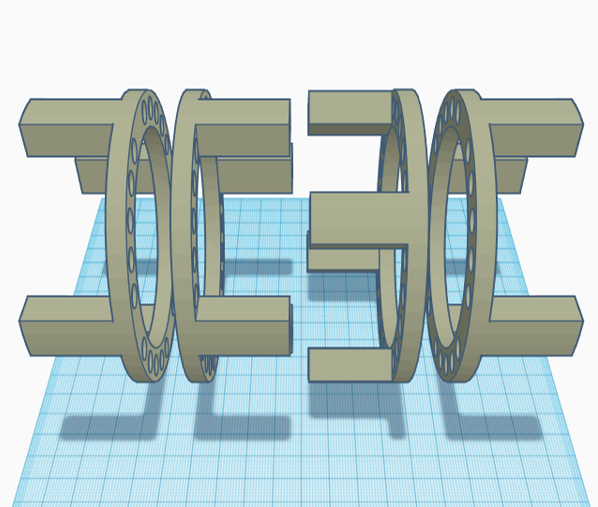
3D Printing Permanent Magnet Gradient
Implementing 3D printed gradients for use in low-cost magnetic resonance imaging.
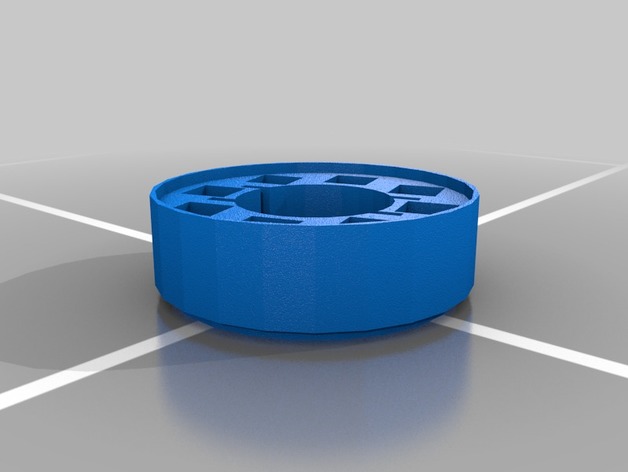
3D Printing NMR Mandhalas
Information on creating NMR Mandhalas for a strong, homogeneous magnetic field using a 3D printer and permanent magnets.
